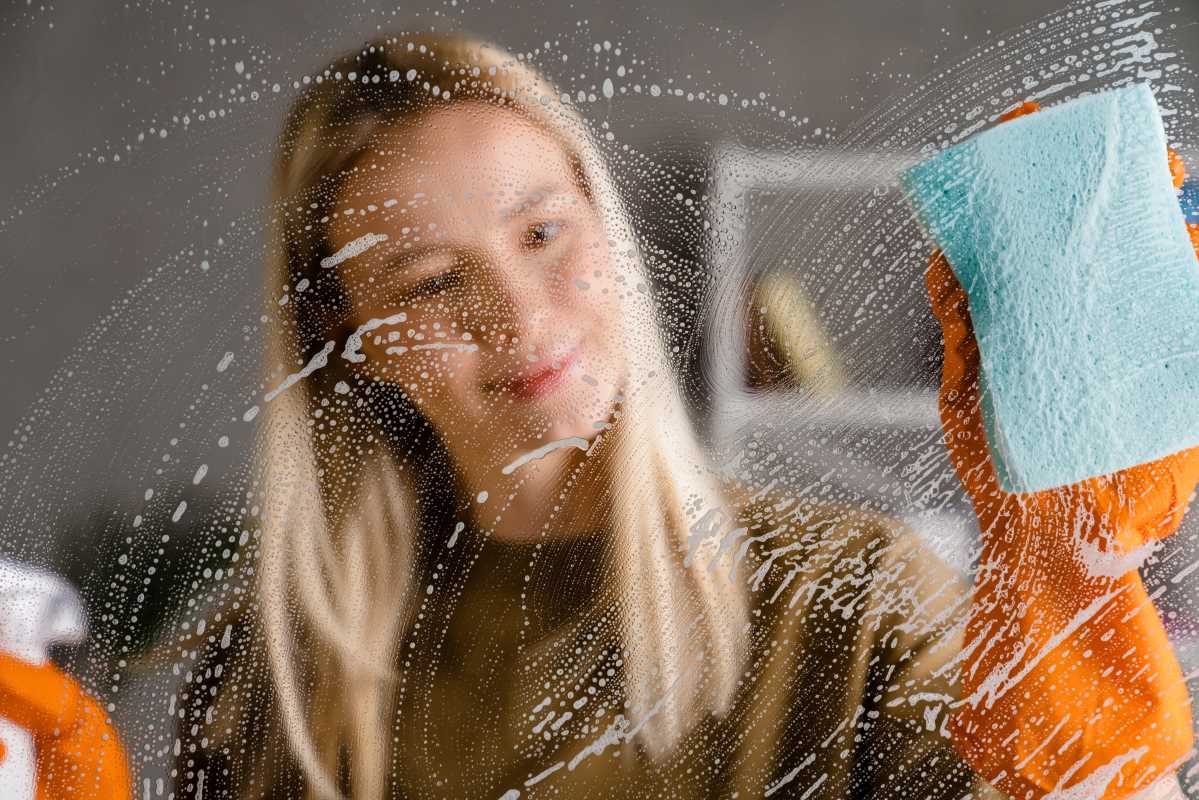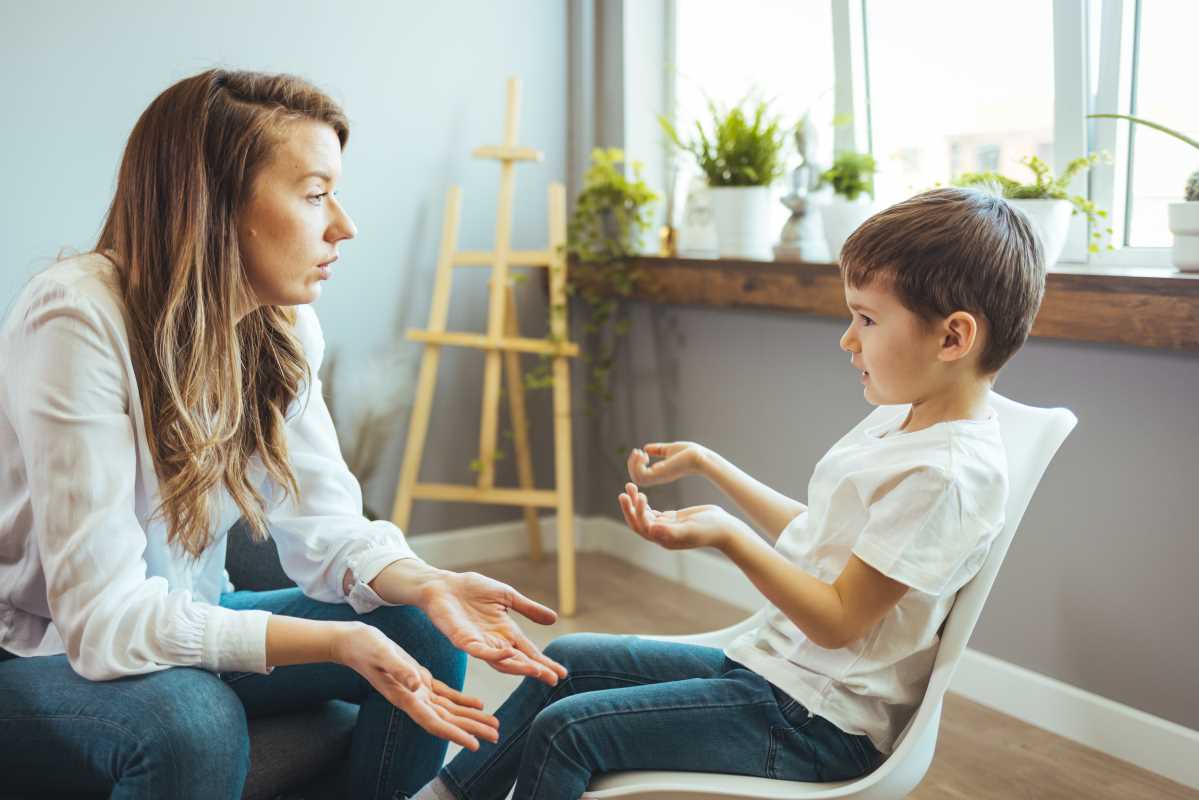Making eco-friendly cleaning choices brings noticeable improvements to your daily routine. By selecting natural and sustainable ingredients for cleaning tasks, you keep your living spaces fresh while protecting the well-being of everyone in your home. Simple adjustments, such as swapping out chemical-heavy cleaners for plant-based options, reduce the presence of harsh substances in the air and on surfaces. These changes help lower the risk of allergies and breathing problems. This practical guide introduces a variety of safe and effective alternatives that care for both your home and the environment, showing that responsible cleaning can be both easy and rewarding.
Let’s dive into the lively world of green cleaning and explore how simple swaps and DIY recipes can lighten the load while caring for your space and family.
Understanding what eco-friendly cleaning involves
Eco-friendly cleaning means using products and methods that protect the environment and your household. Traditional cleaning supplies often contain harsh chemicals that may harm both health and nature. Instead, choose eco-friendly options that focus on naturally derived ingredients that work just as well without leaving toxic traces.
Here are some key differences between conventional and eco-friendly cleaning:
- Conventional products use synthetic chemicals and fragrances, while eco-friendly options rely on natural ingredients.
- Standard cleaners can produce toxic fumes; eco-friendly alternatives are usually low in volatile organic compounds (VOCs).
- Traditional cleaning solutions often discount sustainability, whereas green options favor biodegradable ingredients.
- Regular disinfectants sometimes cause skin irritations; natural variants are gentler on both your skin and the environment.
Finding eco-friendly products opens up possibilities for safer cleaning routines. With each switch, you make it easier to maintain a healthy atmosphere in your home.
Common household chemicals to avoid
Many household cleaning products contain sneakily dangerous chemicals that might not be visible at first glance. Knowing which chemicals to avoid can help you protect your home and loved ones. Although these substances work fast, their hidden impacts may affect overall health.
Here are some common hazardous chemicals usually found in everyday cleaning products:
- Ammonia – Found in many glass cleaners, it can lead to respiratory irritation.
- Chlorine – Often added for its disinfecting properties but potentially harmful when mixed with other common cleaners.
- Phthalates – These chemicals help suspend ingredients in many fragranced products and may interfere with hormone systems.
- Triclosan – An antibacterial agent that some studies suggest could affect aquatic life and human hormonal balance.
- Formaldehyde – Present in some cleaning sprays and disinfectants, it is a known irritant and possible carcinogen.
Avoiding these ingredients can reduce health risks while also lowering your household’s chemical footprint. Knowing what to look out for gives you extra power when shopping for cleaning products.
Top eco-friendly cleaning alternatives
Switching from chemical cleaners to natural substitutes is easier than you might think. Many familiar cleaning tasks can happen with ingredients found right in your kitchen or nearby store. For instance, vinegar, baking soda, and lemon juice work amazingly well in most cleaning situations.
DIY natural cleaning solutions
Getting hands-on with your cleaning routine can be surprisingly fun and rewarding. Making your own cleaning solutions lets you control what comes into contact with your surfaces. Many DIY recipes require just a few simple ingredients that you might already have at home.
For example, mix equal parts water and white vinegar in a spray bottle for an effective glass cleaner that leaves no streaks. A paste made from baking soda and water works wonders on stubborn stains. Experimenting with recipes gives you the flexibility to adjust ingredients to suit various cleaning needs—all while reducing waste and cost.
Tips for making the switch to green cleaning
Switching to safer cleaning methods may seem tricky, but these practical tips can simplify the process. Adopting green cleaning habits creates a healthier routine while reducing exposure to harmful substances. Making gradual changes helps you see which methods suit your day-to-day tasks best.
Here are some friendly, actionable steps to start your journey into green cleaning:
- Begin by replacing one product at a time to adjust gradually. This approach reduces the chance of feeling overwhelmed and makes each swap feel like a small victory.
- Keep a list of DIY recipes that work for different surfaces and share them with friends and neighbors.
- Check ingredient labels carefully when purchasing cleaning supplies and choose those with natural components.
- Create a schedule to rotate your cleaning products, making it a fun habit rather than a chore.
- Involve everyone at home by making cleaning a team effort and enjoying the benefits of a chemical-free environment together.
Small choices matter. Enjoy trying new cleaning methods and celebrate each step toward a greener, healthier home for everyone.







